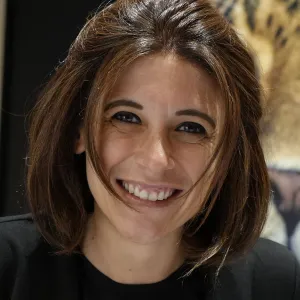Tour button
将知识产权融入景点
乐高和默林娱乐公司分享合作细节
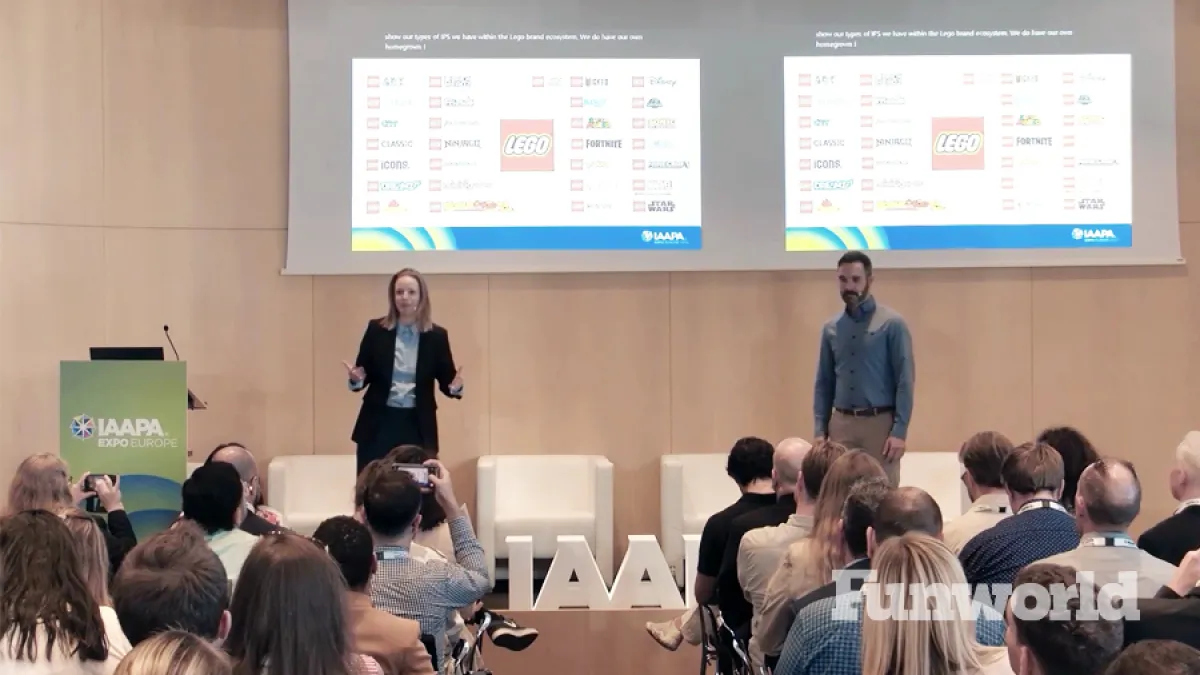
Building a Shared Vision
Skrumsager highlights Lego’s evolution from toy brand to immersive storyteller. “We want to turn our products into experiences. We want the world to be full of creativity. We want to inspire creativity through play. And Legoland is a unique opportunity for us to do that,” she says. Moreton adds that for Merlin, the challenge is transforming the small plastic brick into a physical world. “How do we take this and turn it into that? It might sound simple, but it requires trust, process, and creative vision.”
The flagship example is Legoland Shanghai, which opened in July and quickly became an icon for the brand worldwide. Its centerpiece is a 27-meter-high minifigure surrounded by 11-meter Lego bricks that house recreations of Chinese landmarks. “Without the trust built between our teams, this kind of ambitious project wouldn’t have been possible,” says Moreton.
From Legal Frameworks to Creative Tools
The Lego and Merlin partnership began formally in 2005 with a traditional licensing agreement. However, as Skrumsager explains, “Legal jargon doesn’t bring the brick to life. We needed more than a contract—we needed frameworks and tools for our creative teams.” Over the years, the companies co-developed brand cornerstones, playbooks, and execution guidelines, ensuring consistency while allowing space for creativity.
For example, when adapting the Ninjago intellectual property into hotel rooms, a playbook provides essential guidance while leaving room for local teams to innovate. “We want kids to train to become ninjas, not just sleep in a themed room,” Skrumsager notes.
Reinventing Core Experiences
One of the partnership’s biggest shifts has been the reimagination of Miniland, historically a static miniature world. Today, it integrates projection mapping, interactivity, and even digital extensions. In Shanghai, children can build rockets from bricks, scan them, and launch them into a digital game environment. “Kids expect more now—they want to interact; they want things to move. That’s why we keep pushing beyond what can be done at home,” says Moreton.
The approach also extends into food and beverage products, where Lego-inspired menus and immersive restaurant designs make guests feel as if they have stepped inside a toy box. “Nowhere else in our ecosystem can we take a product and transform it into something you can taste,” Skrumsager explains.
Keys to a Successful Partnership
Both speakers emphasized three principles that have guided their collaboration.
- Shared creative vision – ensuring both companies and frontline teams buy into the same guest-focused goals.
- Tools and frameworks – providing parameters without stifling creativity.
- Trust and constructive conflict – enabling open dialogue that leads to stronger outcomes.
“High-performing teams aren’t successful by avoiding conflict,” Moreton notes. “They succeed through trust that allows constructive conflict, which ultimately leads to alignment.”
A Focus on the Guest
Ultimately, every framework and creative decision comes back to the visitor. “Everything we do—the vision, the tools, the products—it’s all about making the guest smile,” Skrumsager concludes.
关注IAAPA,获取您最喜欢的社交媒体应用中的新闻和活动公告
了解乐趣背后的真实故事
关注我们的社交媒体,了解景点世界的真实故事、特别时刻和幕后花絮。

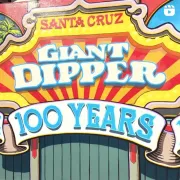
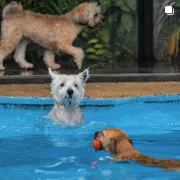

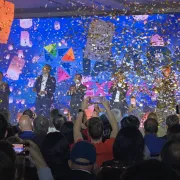
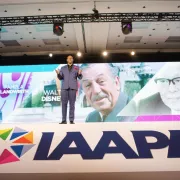





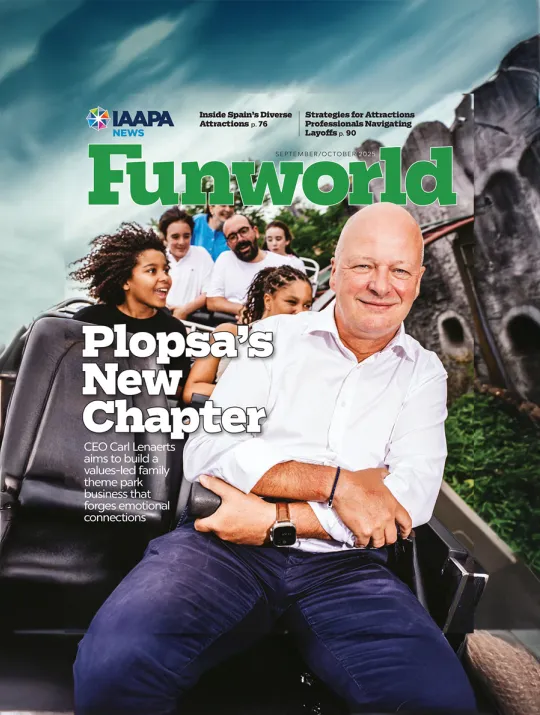
 IAAPA的官方杂志
IAAPA的官方杂志